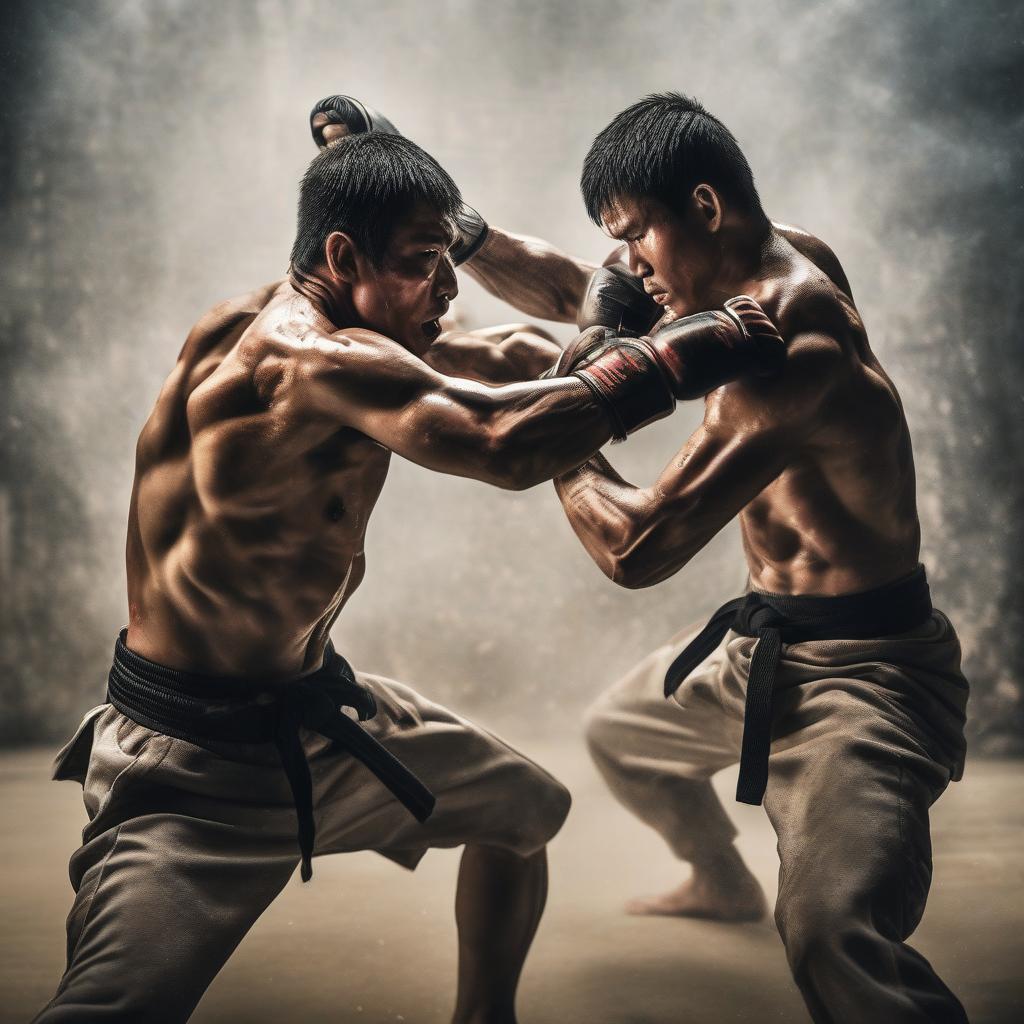Fighting. It’s a word that can mean so many things depending on who you ask and in what context. Fists flying, words exchanged, battles fought in arenas, or even internal struggles. Fighting can be as much about physical prowess as it is about mental resilience. Whether in the ring or within ourselves, fighting captures an integral aspect of human nature. Let’s wander through this topic, something that might seem as straightforward as a punch thrown, yet is layered with complexity through its varied interpretations and implications.
The Many Faces of Fighting
Fighting isn’t just confined to martial arts or boxing, where the term is perhaps most commonly used. It branches into multiple dimensions, including arguments, wars, or even personal battles. Each has its own set of rules, motivations, and outcomes. So, what unites these disparate forms under the umbrella of “fighting”? Perhaps it’s the innate human drive to defend, assert, or overcome obstacles. More on this concept here.
Physical Combat: The Traditional Arena
In the world of physical combat, fighting is often structured, with explicit rules and regulations. Whether it’s boxing, wrestling, or mixed martial arts, the emphasis is on skill, strength, and strategy. Fighters spend years honing their skills, balancing strength with agility, technique with endurance. Surviving a round in the ring isn’t just about brute force. It’s a dance, a chess game with muscles.
Let’s look at some popular forms of physical fighting and what they entail:
| Discipline | Key Characteristics |
|---|---|
| Boxing | Focuses on punches, footwork, and defensive techniques. |
| Wrestling | Involves grappling, holds, and throws with an emphasis on control. |
| Mixed Martial Arts (MMA) | A mix of striking, grappling, and submission techniques. |
Each sport demands its own type of preparation, mental fortitude, and understanding of the opponent. The psychological aspect is just as vital as the physical one. Fighters often talk about “going to war” when they step into the ring—not just with their opponents but with their own fears and doubts.
Verbal and Emotional Fights: More Than Words
Fighting isn’t limited to the physical realm. We all engage in verbal spats from time to time. Arguments can be trivial or significant, but they share a common goal: to persuade or assert dominance in some way. In relationships, these disagreements can sometimes spiral into emotionally charged exchanges, leaving scars long after the words have been spoken.
Unlike physical fights, verbal confrontations can often escalate without the participants even realizing it. It’s like throwing jabs and hooks with words, each phrase carrying weight. Navigating these kinds of conflicts requires a different kind of skill—one that involves empathy, listening, and sometimes the ability to step back and assess the situation rationally.
Internal Battles: The Silent Struggle
Then there are the internal battles, the kind that doesn’t make headlines but can be just as challenging. These are the fights we have with ourselves—overcoming self-doubt, fighting addiction, or battling mental health issues. In many ways, these fights can be the most grueling because they’re fought in silence.
With mental health becoming a more openly discussed topic, society is beginning to understand how pervasive these battles are. Whether it’s anxiety, depression, or identity struggles, the internal fight can be a daily occurrence. Here, victory isn’t always about overcoming but sometimes just surviving another day.
Combat and Warfare: A Historical Context
Of course, when we talk about fighting, one cannot ignore its historical context in wars and battles. From ancient skirmishes to modern warfare, combat has always been a part of our shared history. The motivations for such fights are as varied as they are complex—territory, power, ideology. Learn more about combat and its historical significance.
Warfare has evolved, with technological advancements changing the landscape of battlefields. But at its core, the essence of fighting in wars remains the same: conflict over resources, power, or honor. Understanding these larger-scale battles can also offer insights into human nature and the reasons why conflict arises in the first place.
The Role of Fighting in Society
Fighting, in its varied forms, plays a significant role in society. It can be a means of entertainment, a method of conflict resolution, or a way to assert personal or national identity. Combat sports, for example, are not just about the physical contest but also about the stories and personalities behind the fighters. It captures the public’s imagination, turning athletes into heroes.
Even in interpersonal relationships or internal struggles, fighting can lead to growth and transformation. Relationships often emerge stronger after overcoming conflicts. Personal battles can lead to greater self-awareness and resilience. In a way, these fights are a testament to the human spirit’s capacity to endure and evolve.
Is Fighting Always Necessary?
But it begs the question: Is fighting always necessary? Can conflicts be avoided or resolved through other means? While avoidance isn’t always possible, negotiation and compromise offer alternative solutions. Yet, fighting, when approached constructively, can be cathartic and lead to positive change.
So, here we are. Fighting—this multifaceted, complex concept that’s so human. It’s not always pretty, and it’s not always fair, but it’s undeniably a part of what makes us who we are. Whether fighting in a ring, with our loved ones, or within ourselves, it’s about facing what lies ahead and sometimes what lies within.
FAQs About Fighting
- Q: Why do people enjoy watching fights, like boxing or MMA?
A: People are drawn to the drama and unpredictability of combat sports. It’s about skill, strategy, and seeing athletes push beyond their limits. Plus, there’s a narrative—fighters often have compelling stories that add depth to their bouts.
- Q: How can I manage verbal fights in my relationship?
A: It helps to pause and listen actively. Try to understand your partner’s perspective and communicate your feelings without accusations. Sometimes, taking a break to cool off can prevent escalation.
- Q: Are all types of fighting bad?
A: Not necessarily. While destructive fighting can harm relationships and mental health, constructive conflict can lead to growth and stronger bonds. It’s about how the fight is managed and resolved.
- Q: What’s the best way to fight internal battles like anxiety?
A: A combination of self-awareness, therapy, and sometimes medication can be effective. Find what works for you, whether it’s mindfulness practices, talking with a professional, or lifestyle changes.
- Q: Why do wars still happen despite diplomatic efforts?
A: Wars often result from deep-seated issues like territorial disputes, economic pressures, or ideological differences. Diplomatic efforts aim to resolve these peacefully, but when they fail, conflicts can escalate.
And that’s the thing with fighting—it’s complicated. But isn’t that what makes it intriguing? Whether on the outside or within, it’s a journey of discovering what we’re made of, what we stand for, and what we’re willing to fight for.

